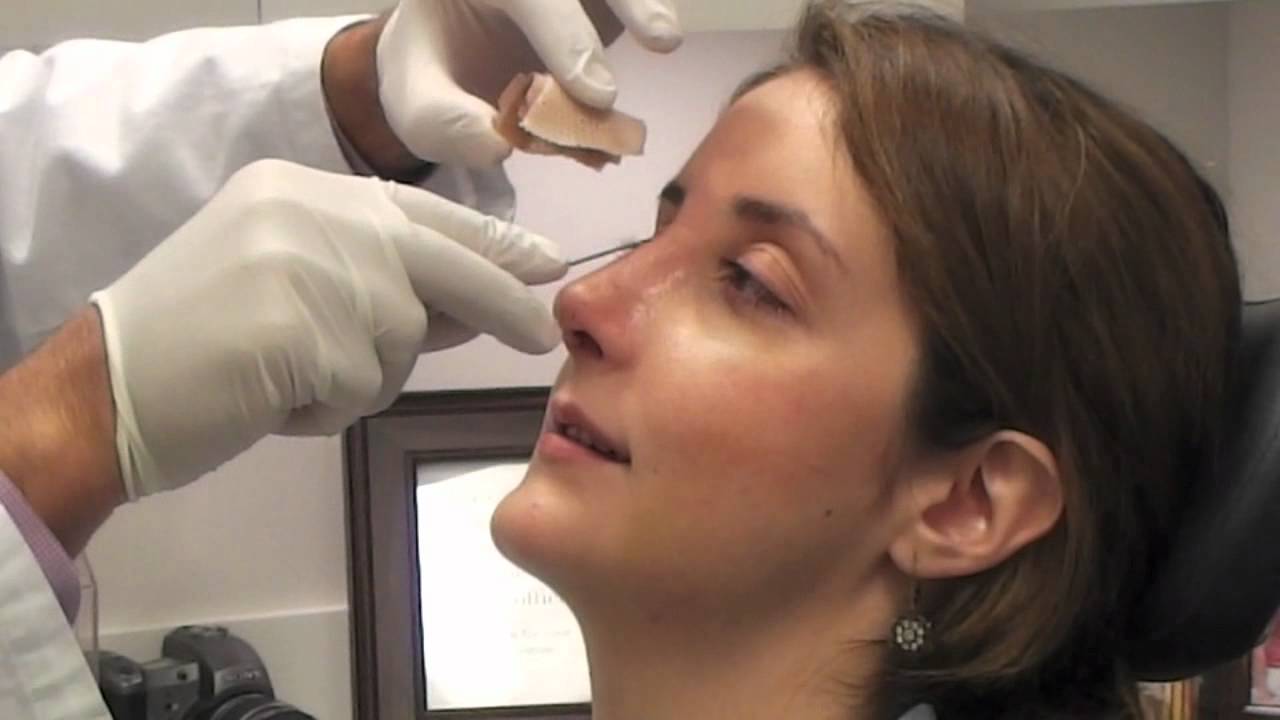Cast and splints are used widely across the world. Health centers adopt the use of casts and splints to offer proper care and treatment to patients with a bone injury. Usually, plastic surgeons make use of casts and splints during plastic surgeries, and this can be quite helpful to patients in many ways. Medical experts that are highly skilled in the field of plastic surgery also recommend the use of these products, as they tend to boost or speed up the healing process of the bones of patients. Although there are different kinds of casts, all seem to offer the same benefits as others.
Many people around the world believe that casts and splints are the same. The truth is they can be differentiated easily from each other. Casts and splints vary from each other in diverse ways.
Casts
Casts are known for their big size and hardness. Casts are made up of a big, hard bandage, that offers a firm grip to the bone of a human. They are made essentially to hold and keep bones from moving, thereby giving it the right state to heal. Also, casts are used after splints have been used, as both, their functionality depends on the patient’s level of injury. Casts offer high resistance to adjustments and can cover the whole of the affected part.
Splints
Splints are mostly used before casts are used. They function as the first type of treatment in which specialists use when they are fully aware of the bone injury of a patient. Splints ease the pain and are hard only on two sides. They relieve pain from patients and also prevent the bone from making unnecessary movements. Splints are mostly used before casts, and they help to reduce swelling of the areas of a bone injury.
Who Should Use Casts And Splints And When To Use Them
As mentioned earlier, casts and splints are used widely across the entire world. This is true, as specific people get to use them at certain times in their lives. Many people need medical care because of the conditions they find themselves in. People who are experiencing bone injuries are likely to be the main set of humans who use casts and splints. Casts and splints most times, are used when a person begins to experience severe bone injury, such as a fracture.
In other words, casts and splints are required mostly by patients of bone injury. And because of its quality firmness, a bone movement which can cause pain and swelling can be minimized in order to speed up the healing process.
Why Are Casts & Splints Used In Plastic Surgery?
Questions like this have been asked a couple of times. Plastic surgery is a very important process for repairing damaged body parts in human beings. The entire process can be further aided by helpful equipment which delivers quick relief of pain, faster healing, as well as comfort to patients. Casts and splints are functional equipment which brings comfort to patients.
In other words, one of their purposes is to immobilize a specific region of the body for proper healing. Casts and splints reduce pain and swelling around the bone injuries. They both offer support and protection to broken bones, as well as a great grip to hold bones in place. They are also hard plastic surgery equipment that helps protect the bones and tissues of the body, mostly by inhibiting the movement of the affected body part.
Proper Care Of Casts And Splints
Proper care of casts and splints is very important when you wish to enhance their durability and functionality. Also, leaving your cast or splint in a good condition can help you heal properly and as well, increase your recovery speed.
Keep It Clean
Making sure that your cast or splint is free from dirt is essentially good for your healing process. Accumulation of excess dirt can cause damage to the cast or splint, so it is important you keep either of them away from dirty surfaces. Apart from that, keeping your cast or splint in a clean form would most likely be a hygienic thing to do, as washing away dirt cannot be done.
Keep Away From Moisture
Moisture reduces the grip of the cast or splint on the bone. This can lead to more injuries. So, it is recommended that you stay away from areas with moisture, and also keep your cast or splint from water bodies as much as possible.
Inspections
Occasionally, take your time to inspect your cast or splint, and do not hesitate to report to your doctor if you notice anything unusual. By inspecting the cast or splint in which your body part is fixed to, you can easily find out if there is something wrong, or if adjustments need to be made. But remember not to make any adjustments yourself, instead, ask your doctor to help you with that.
Usually, your doctor should give you the various recommendations towards taking proper care of your cast or splint, and you should always try to our very best in adhering to whatever instruction he passes across.
Why Choose Casts And Splints?
Generally, casts and splints are known to offer sufficient support to muscles, ligaments, and tissues in specific areas of the body, typically by making an area of the body to stay fixed or immobile.
As a modern medical equipment, casts are what every health center makes use of. Splints, on the other hand, are not widely used as much as casts around the world but are mostly used during an emergency, before the fixing up of a cast. But together, they offer comfort to patients of bone injury around the world.
Dr. Andrew Frankel is a cosmetic surgeon who practices in Beverly Hills, California, at the Lasky Clinic, which is considered to be the oldest free-standing ambulatory surgery center in Los Angeles. Dr. Frankel performs cosmetic surgeries and specializes in rhinoplasty and revision rhinoplasty.


